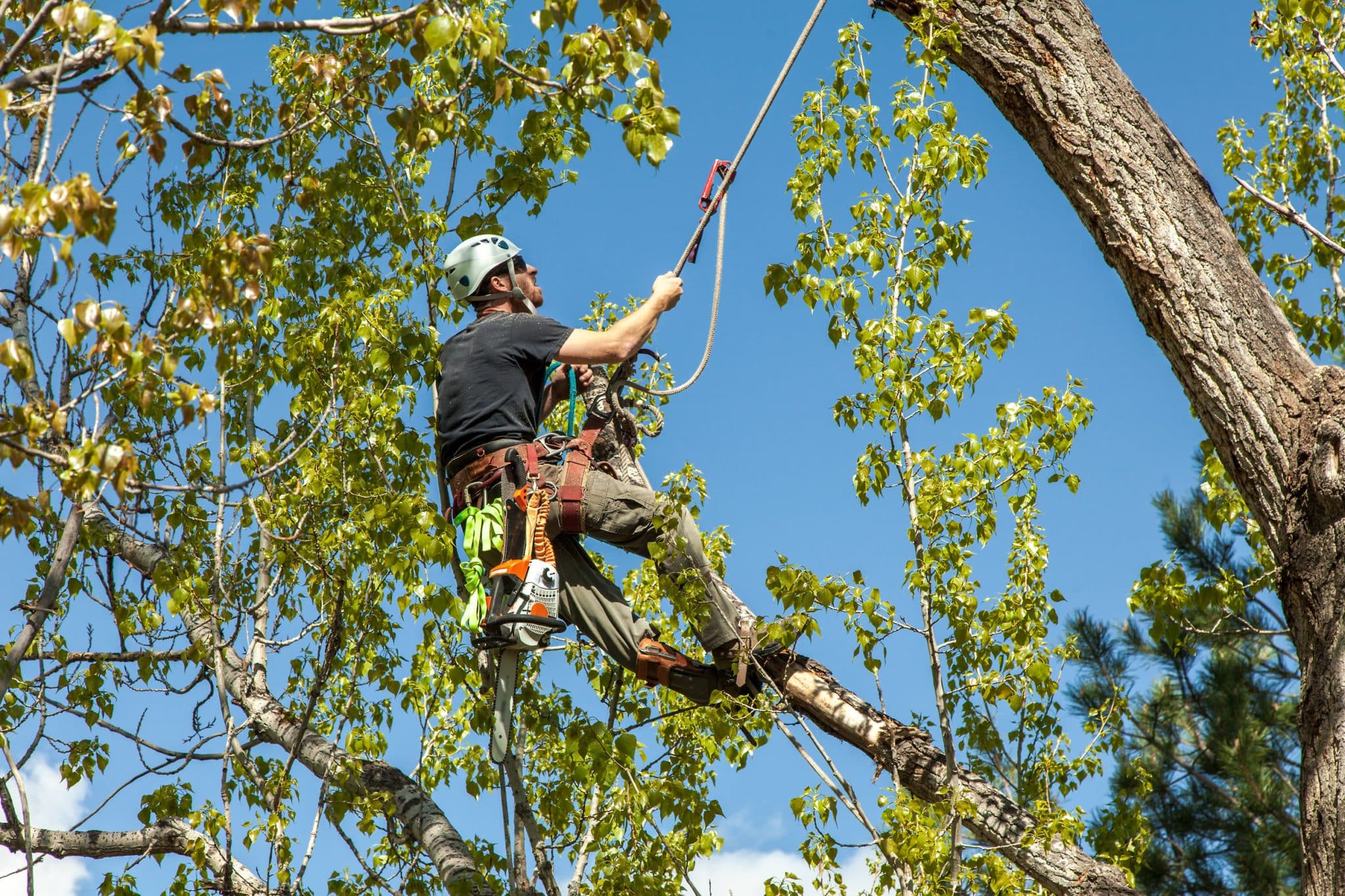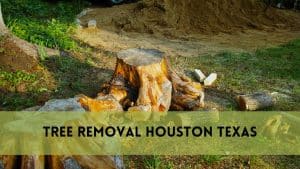Vines climbing big trees can add natural beauty to your area. However, if left unchecked, they can become a nuisance, potentially affecting the health of the tree and causing safety issues. In this detailed tutorial, we will investigate practical methods to remove vines from tall trees in order to protect their health and appearance.
Why Vine Removal Is Important?
The Overgrowth Obstacle: When left to grow unchecked, vines can quickly cover a tree’s canopy, limiting sunlight and air circulation, both of which are critical for the tree’s health.
Structural damage: Heavy vines can add significant weight to branches, increasing the danger of limb breakage during storms or high winds.
Parasitic Vines: Some vines, such as English Ivy, can act as parasites, draining plants of important nutrients.
Identifying Vines and Trees
1. Tree Identification
Knowing Your Tree Species: Understanding the type of tree you’re dealing with is critical, as certain trees are more susceptible to vine damage than others.
2. Vine Identification
Vine Types: Identifying the precise vine species is critical. English ivy, poison ivy, and kudzu are common culprits.
How to Remove Vines from Tall Trees?
Safety Gear
Dressing for Success: Wear appropriate protective clothing, including gloves, long sleeves, pants, and safety goggles.
Tools
- Pruners
- Hand saws
- Loppers
- Safety ropes
Steps
- Before beginning the physical removal of vines, analyze the overall state of the tree and the extent of the vine infestation. This preliminary assessment allows you to identify spots where vines are causing damage, such as obstructing sunlight penetration or increasing branch weight.
- Begin by clipping the vines at their base, near ground level. This deliberate breaking of the link to the root system prevents the vines from siphoning important nutrients from the soil.
- Use safety ropes to gently lower the severed vines to the ground. This keeps them from becoming entangled in the canopy of the tree and injuring themselves.
- After pruning, carefully remove any dead or detached vine growth from the tree. Use caution throughout this step to avoid accidentally injuring the tree’s delicate bark.
Chemical Removal Methods
Herbicides
Herbicides are chemical substances that are used to control or kill plants, such as vines. They can be effective in removing vines from tall trees when used correctly.
Herbicides that are commonly used:
- Glyphosate: It is a broad-spectrum herbicide that is effective against a wide variety of plants, including many vines.
- Triclopyr: Triclopyr is a popular choice for vine removal because it is specifically designed to control woody plants like vines.
Application Techniques:
Proper application of herbicides is crucial to minimize harm to the tree and surrounding environment.
- Basal Bark Application: Applying herbicide to the lower part of the vine’s stem, near the tree’s base, is an effective method for systemic control.
- Foliage Spray: For vines with leaves, a foliage spray can be applied, but care must be taken to avoid spray drift.
Aftercare and Maintenance
Vigilant Monitoring:
Keep a check on your tree for any signs of vine regrowth early on. The key to avoiding re-infestation is early identification.
Trimming and pruning:
Maintenance as a means of preservation: Implement a pruning and trimming practice to prevent vines from reappearing. Regular maintenance efforts might help keep your trees vine-free.
The Best Time to Remove Vines from Tall Trees
The best time to remove vines from towering trees is in late winter or early spring. This season, characterized by diminished vine vigor and less stress on the trees, provides an ideal window for vine removal.
It enables more effective and less harmful human removal approaches while reducing the risk of tree injury. Choosing this timeframe guarantees that your attempts to organically remove vines are both effective and sensitive to the tree’s health, allowing it to thrive in the coming seasons.
FAQS
Can I simply clip the vines at eye level to get rid of them?
Cutting vines at eye level may provide temporary comfort, but it does not prevent regrowth. It is best to eliminate them from the ground up.
When is the ideal time of year to prune vines from towering trees?
Late winter or early spring is great since the vines are less robust and the trees are less stressed.
Are chemical approaches safe for the trees and the environment?
Herbicides, when applied correctly, can be beneficial, but they must be administered with caution to avoid hurting trees and non-target plants.
Can I get rid of vines without using chemicals?
Manual removal is feasible. Gently peel the vines away from the tree’s base, but be patient and persistent.
How can I keep vines from regrowing once they have been removed?
Regular monitoring, pruning, and tree health maintenance are all good techniques to combat vine reinfestation and keep your trees prospering.
Conclusion
Removing vines from tall trees is a task that requires careful consideration of the vine species, the tree’s health, and the impact on the environment. Whether you choose natural methods or chemical solutions, the key is to preserve the majesty of your trees while ensuring their well-being. By following the right techniques and practices, you can maintain a lush and thriving landscape that stands tall and vine-free.





